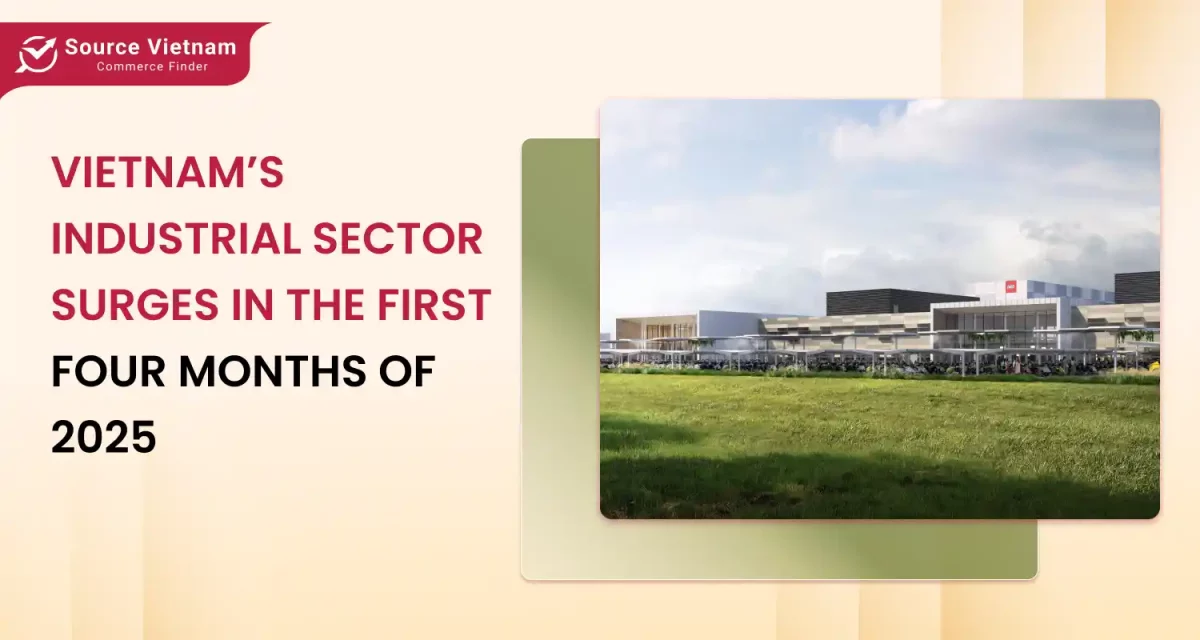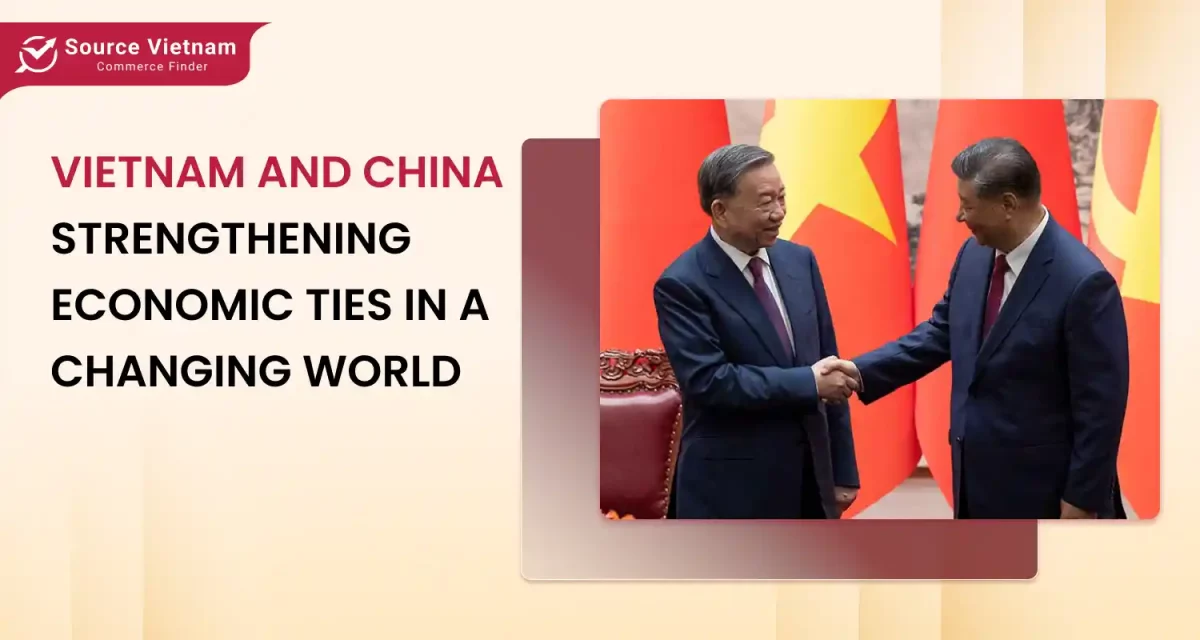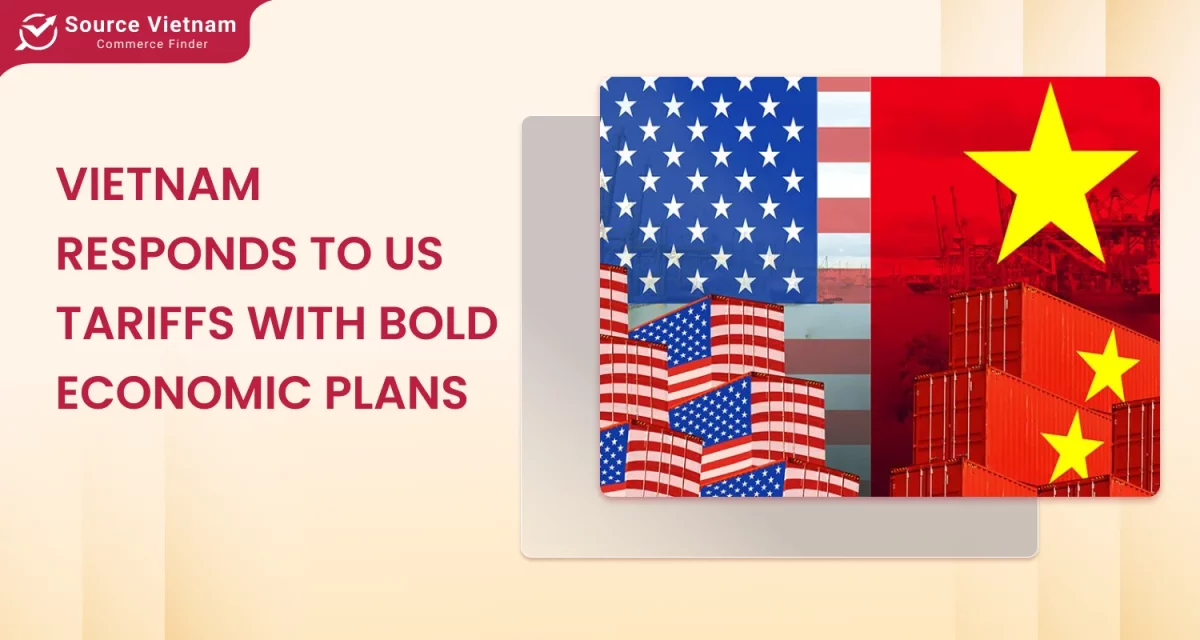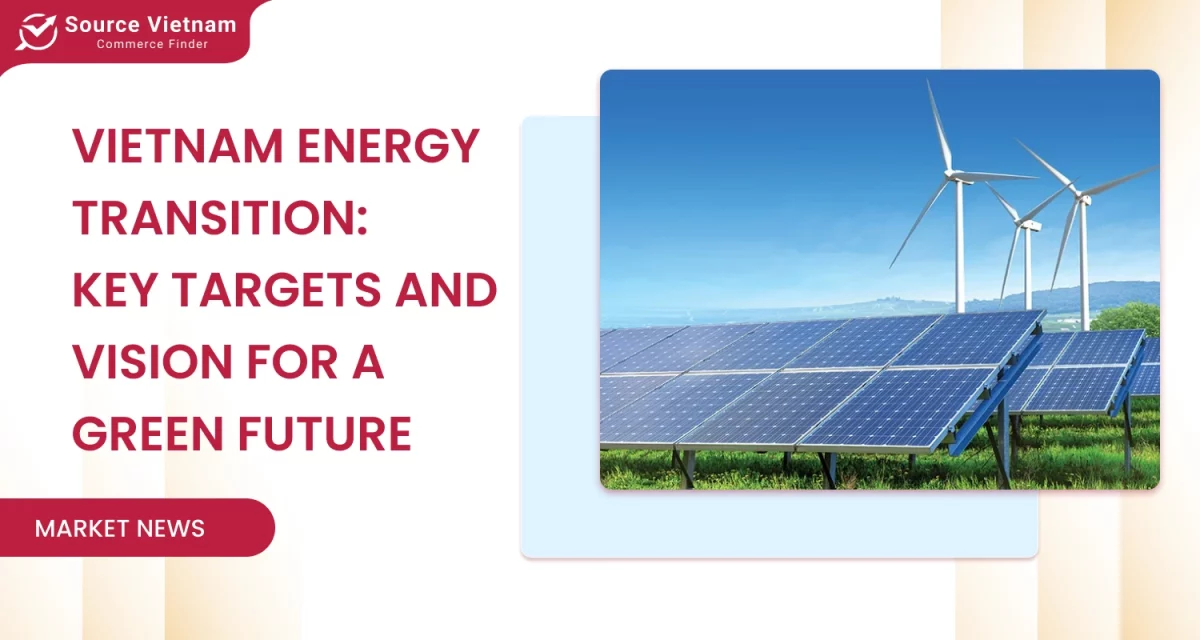In the face of global economic uncertainties, Vietnam remains committed to its ambitious goal: achieving an 8% GDP growth rate by 2025. While many countries are lowering expectations due to inflation, geopolitical tensions, and post-pandemic recovery, Vietnam is showing strong determination to power ahead.
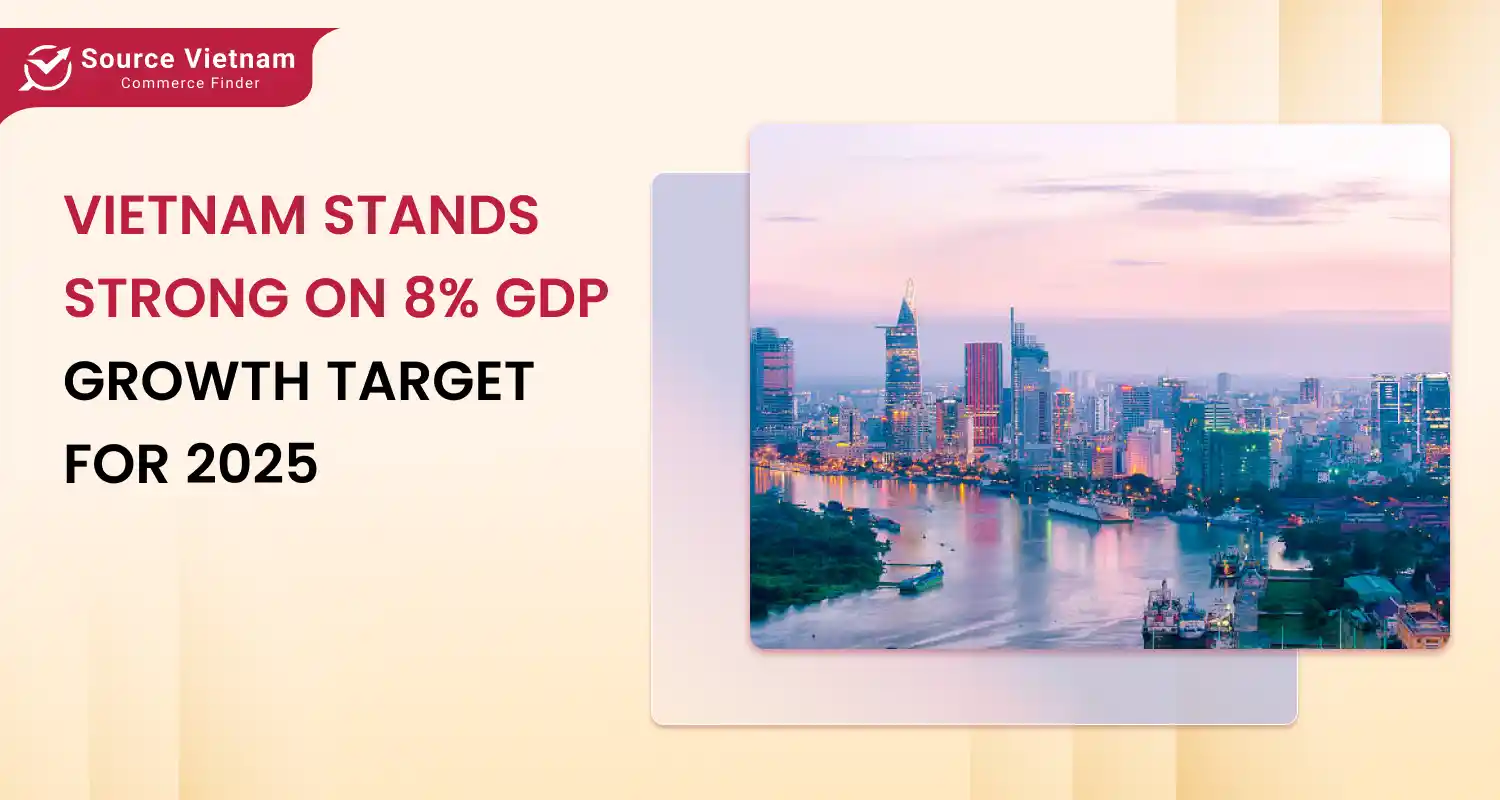
Tough global and domestic headwinds
Vietnam’s growth ambition doesn’t come without its fair share of hurdles. Both external and internal factors are putting pressure on the economy:
- Global trade tensions: Disruptions in supply chains and trade conflicts between global powers have affected Vietnam’s export-driven economy.
- US tariffs: The U.S has imposed a 46% tax on certain Vietnamese products, which could hurt exports and increase production costs for local businesses.
- Climate change: extreme weather and environmental challenges threaten agriculture and power supply, both crucial for the country’s growth.
Despite these issues, Vietnam isn’t backing down. Instead, the country is doubling down on proactive policies and strategic reforms.

Government’s multi-pronged response
To maintain momentum and navigate the headwinds, Vietnam is adopting a range of measures that target different sectors of the economy.
Tax support and financial relief
The Ministry of Finance has proposed extending VAT reductions until the end of 22026. This aims to support both consumers and businesses. In addition, there are plans to assist businesses impacted by U.S tariffs through subsidies or relief packages.
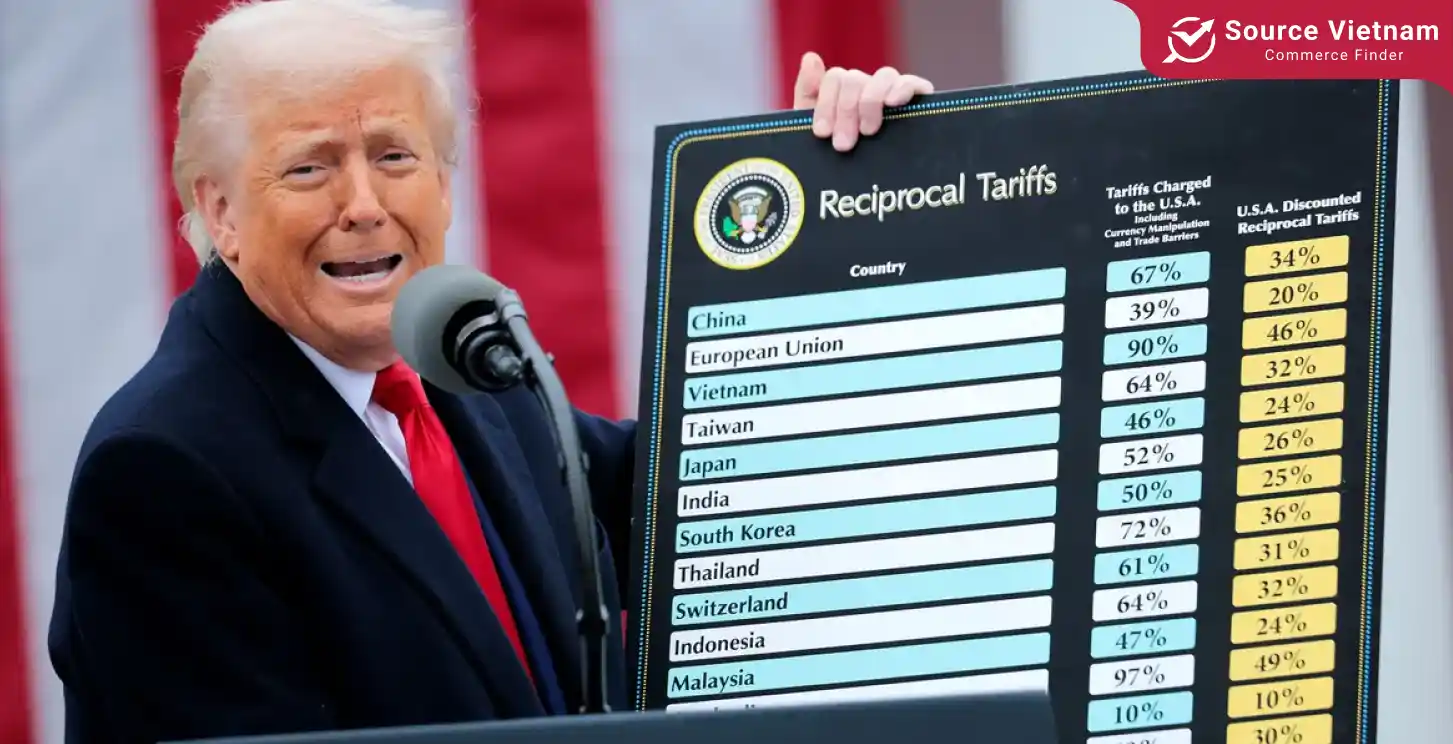
Flexible monetary policy
The State Bank of Vietnam is applying a flexible exchange rate policy to maintain currency stability. At the same time, it is offering low-interest loans to encourage housing purchases, especially for those under 35 and investing in digital and infrastructure projects.
Trade expansion and diversification
Vietnam is pushing to open new markets and reduce dependency on traditional partners. The Ministry of Industry and Trade is actively promoting trade, speeding up the implementation of free trade agreements, and negotiating with the U.S for more favorable terms.
Boosting public investment
The government is accelerating disbursement of public investment funds, especially in infrastructure . Key projects, such as the railway connecting Hai Phong Port with China, are expected to enhance logistic and regional connectivity.
A vision that goes beyond numbers
Vietnam’s 8% GDP growth target is more than just a short term goal. It’s a critical step toward realizing a broader economic vision.
- Rising income levels: Vietnam aims to increase the average GDP per capita to over $5000 by 2025, improving the quality of life for its netizens.
- Global economic ranking: With a projected GDP exceeding $500 billion, the country is set to become the 30th largest economy in the world.
- Innovation-led growth: Vietnam is shifting its growth model toward digital transformation, innovation, and technology to drive productivity and long term competitiveness.
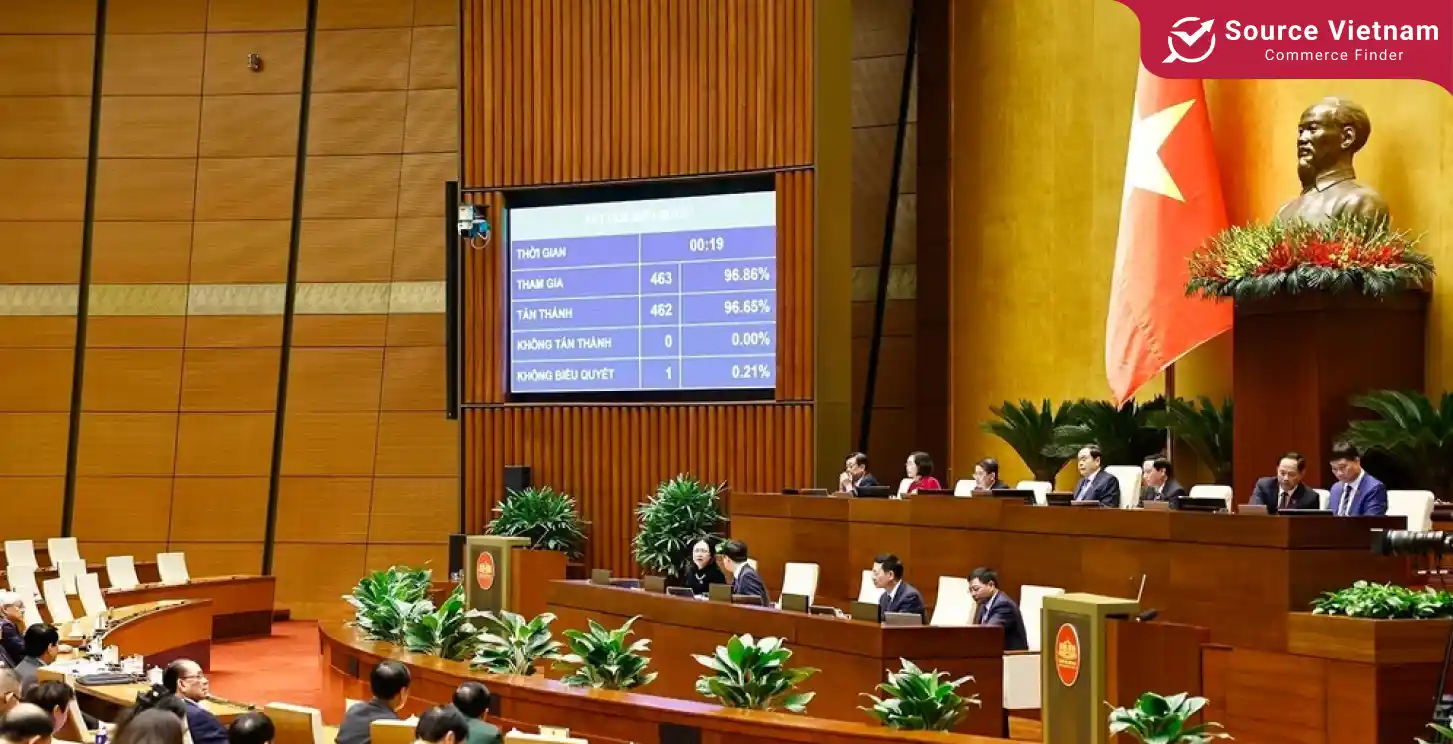
Opportunities hidden in challenges
While the road ahead is undoubtedly tough, Vietnam sees opportunities in crisis. Its young population, fast-growing middle class, and increasingly digital economy create a strong foundation for sustainable growth. Moreover, political stability and a pro-business government make Vietnam an attractive destination for foreign investment.
By focusing on key sectors like green energy, infrastructure, and digital transformation, Vietnam hopes to lead a new wave of economic modernization. The goal isn’t just recovery, it’s transformation.
Conclusion
Vietnam’s unwavering pursuit of an 8% GDP growth rate by 2025 reflects not just optimism, but a well-though-out-plan. Through bold reforms, strategic investments, and strong leadership, the country is positioning itself as a resilient and forward-looking economy.
The challenges are real, but so is the opportunity. With the right execution, Vietnam has the potential to not just meet but exceed its goals, becoming a model for emerging economies worldwide.

